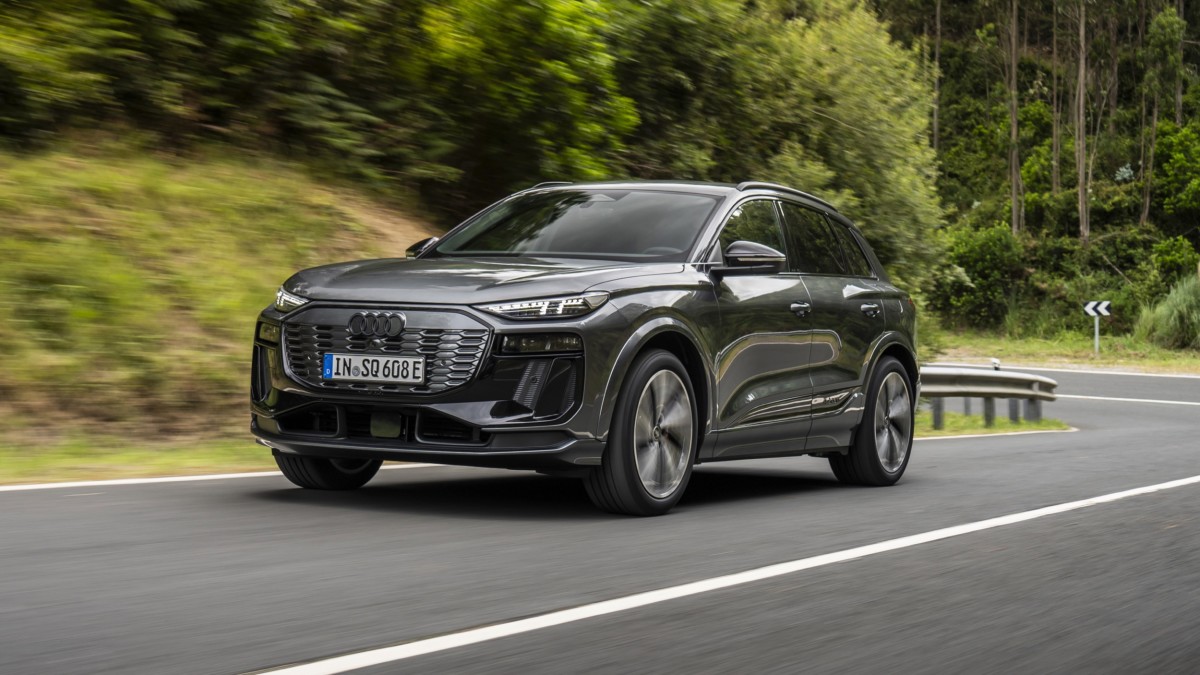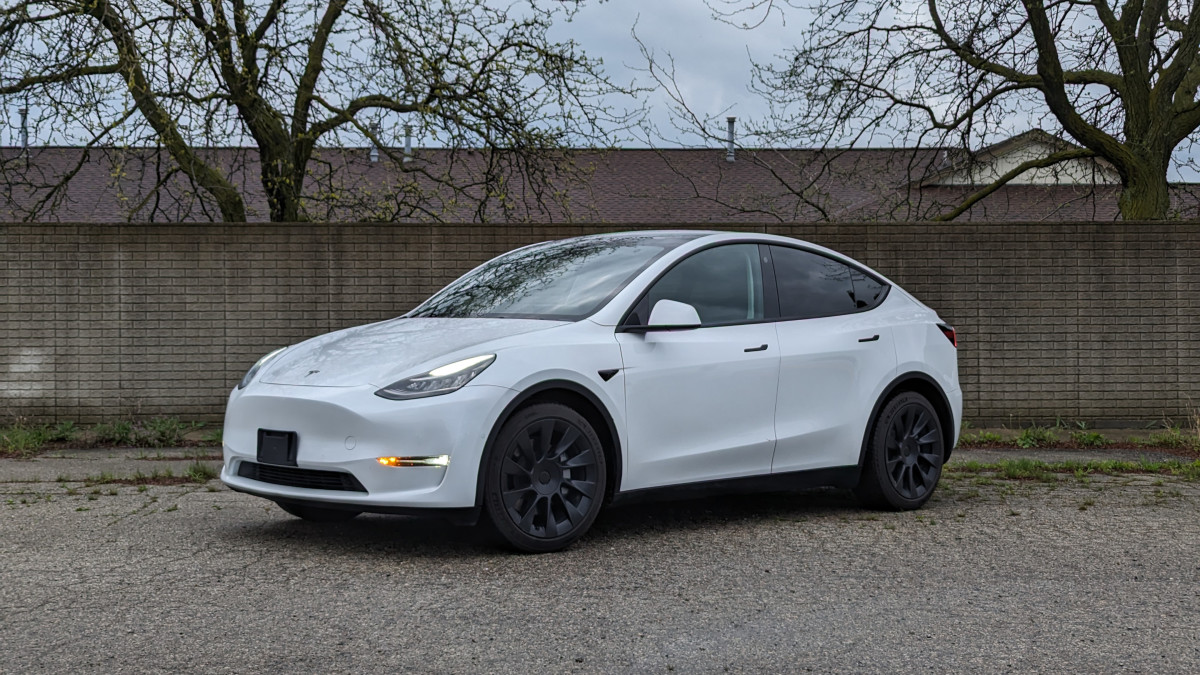
Packing for a weekend getaway can be both exciting (I start my packing list weeks in advance) and challenging. You want to bring everything you need without overloading yourself with unnecessary items. The key to a successful packing strategy lies in choosing the right gear and organizing it efficiently. Here's our guide to the best bags and gear for a weekend trip, complete with our top picks and runners-up in each category.
Packing cubes
Efficient packing starts with good organization, and nothing helps you stay organized like packing cubes. They keep your clothes and accessories neatly sorted, making it easier to find what you need without digging through your entire bag.

Our Pick: REI Packing Cube Set
The REI Packing Cube Set is a traveler’s best friend. This set includes multiple cubes of varying, expandable sizes, making it easy to separate your outfits, toiletries, and gadgets. The mesh tops allow you to see the contents of each cube at a glance (don't discount this feature), and the zippers ensure everything stays secure. Made from lightweight yet sturdy materials, these cubes won’t add unnecessary weight to your luggage.
Pros | Cons |
See-through tops Expandable Variety of sizes | Limited compression Zipper quality/durability is questionable Not waterproof/resistant |
Runner-up: Patagonia Black Hole Cubes
Patagonia’s Black Hole Cubes are a close second, offering exceptional durability and a sleek design. Made from water-resistant materials, these cubes can handle rough handling and unexpected spills. The larger size is perfect for bulkier items like jackets or shoes, while the smaller cubes are ideal for undergarments and accessories. The Black Hole Cubes also feature a convenient handle for easy carrying. We also love the clamshell design of these packing cubes, which allows you to open them without spilling out all of the contents and prevents needlessly digging around to find what you're looking for, once the cube is open. The one thing keeping these from taking our top spot is the fact that you can't see what is inside with the cube fully closed, which sometimes means opening multiple to find what you're looking for, especially if you have multiple Black Hole cubes in the same color.
Pros | Cons |
Durability Clam-shell design Sustainability | Premium price tag Heavyweight Not-transparent |
Day packs
A reliable day pack is essential for exploring your destination once you’ve arrived, yet small enough to pack in your carry-on while traveling. It should be comfortable, spacious enough for your daily essentials, and tough enough to handle a variety of activities.

Our pick: Osprey Daylite Plus Pack
The Osprey Daylite Plus Pack is the ultimate day pack for weekend adventurers. With a 20-liter capacity, it provides ample space for water bottles, snacks, a camera, and even an extra layer of clothing. The pack features a comfortable harness system and a ventilated back panel to keep you cool. Multiple pockets, including a front shove-it pocket and a hydration sleeve, make it easy to organize your gear. Plus it can be easily packed in a larger bag during air travel if you only want to use it once you arrive.
Pros | Cons |
Versatile Great-looking Hydration-bladder compatible | Premium price tag Limited capacity Simple design lacks features |
Runner-up: REI Co-op Trail 2 Waist Pack
For those who prefer to travel light, the REI Co-op Trail 2 Waist Pack is an excellent option. This compact pack can be worn around your waist or slung over your shoulder, keeping your hands free for other activities. Despite its small size, it offers several compartments for organizing your essentials, and the durable, water-resistant fabric ensures your belongings stay dry.
Pros | Cons |
Convenient Size Adjustable Fit Affordable | Limited interior space Basic design |
Personal item-sized luggage
A good personal item-sized bag should fit under an airplane seat while carrying your most important items. It’s your go-to bag for keeping your travel documents, electronics, and a change of clothes within easy reach.

Our Pick: Patagonia Mini MLC 30L
The Patagonia Mini MLC (Maximum Legal Carry-on) 30L is a versatile, compact bag perfect for weekend trips. It can be carried as a backpack, shoulder bag, or briefcase, providing flexibility for different travel scenarios. The 30-liter capacity is just right for a couple of outfits, toiletries, and a laptop. Made from recycled materials, this bag is as eco-friendly as it is functional.
Pros | Cons |
Carry-on/personal item friendly Versatile carry options Durable | Premium price tag Large logo is conspicuous |
Runner-up: Peak Design 30L Travel Backpack
Let me be really clear: if price wasn't a factor these bags would be tied. In fact, if you already have some gear in the Peak Design ecosystem like their packing cubes or some of their camera gear, I would definitely go the PD route over the Patagonia. The Peak Design 30L Travel Backpack is an excellent, near-perfect choice for a bag, combining sleek aesthetics with practical features. Its innovative design includes multiple access points, allowing you to reach your gear quickly. The customizable internal dividers help you organize your belongings efficiently, and the weatherproof exterior protects your items from the elements. This backpack also offers a comfortable carry with its padded straps and back panel.
Pros | Cons |
Modular Design Stylish and Functional Durable Materials | Price Complexity Weight |
Carry-on luggage
Your carry-on bag is the cornerstone of your weekend packing strategy. It needs to be spacious enough to hold everything you need for a few days, yet compact enough to meet airline size restrictions. Both of the items below can be had in carry-on size (and larger) and have wheeled options if that's your jam.

Our pick (tie): The North Face Base Camp Duffel
The North Face Base Camp Duffel is a legendary piece of luggage known for its durability and functionality. Available in various sizes, the small version fits perfectly in overhead compartments. Its rugged construction includes water-resistant fabric and robust zippers, ensuring your belongings stay safe in any condition. The bag also features multiple carrying options, including padded shoulder straps and grab handles, making it easy to transport.
Pros | Cons |
Incredibly durable Robust, easy-to-use zippers Multiple sizes | Simplistic/lacking features Price Not completely weatherproof |
Our pick (tie): Patagonia Black Hole Duffel
Patagonia’s Black Hole Duffel is another top-tier option, offering exceptional durability and ample space. Made from weather-resistant materials, this duffel can withstand the toughest travel conditions. Its large main compartment and various pockets provide plenty of room for your weekend essentials. The bag also features comfortable shoulder straps, allowing you to carry it as a backpack for added convenience.
Pros | Cons |
High-quality Durable Lifetime Warranty | Price Not completely waterproof Uncomfortable to carry when fully-loaded |
Packing for a weekend trip doesn’t have to be a daunting task. With the right packing cubes, day packs, personal item-sized luggage, and carry-on bags, you can stay organized and travel efficiently. Whether you’re heading to the mountains, the beach, or exploring a new city, these top picks and runners-up will ensure you have everything you need for a memorable and stress-free getaway.
More top picks
- Save up to $100 on early Amazon Prime Day Yeti deals: Camp Green coolers, drinkware and more at 20% off
- Our favorite alternative Prime Day deals from Patagonia: Unbeatable savings for outdoor enthusiasts
- This Coleman tent fits multiple queen-sized airbeds and is 50% off right now at Amazon
- The top 5 early Amazon Prime Day deals from Thule


























































































